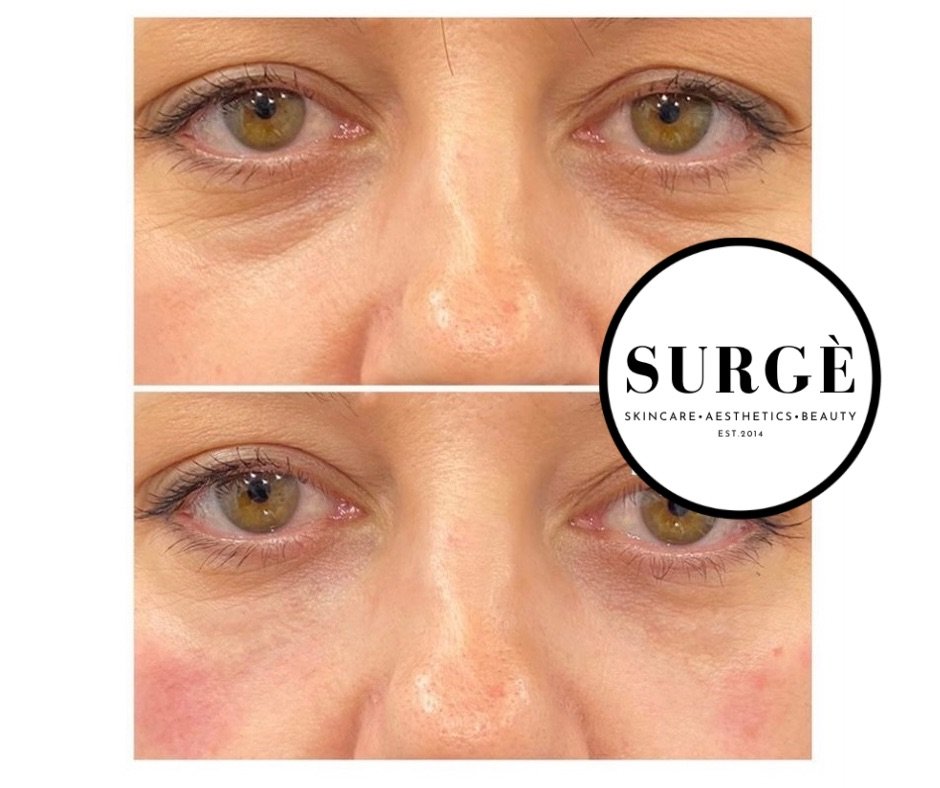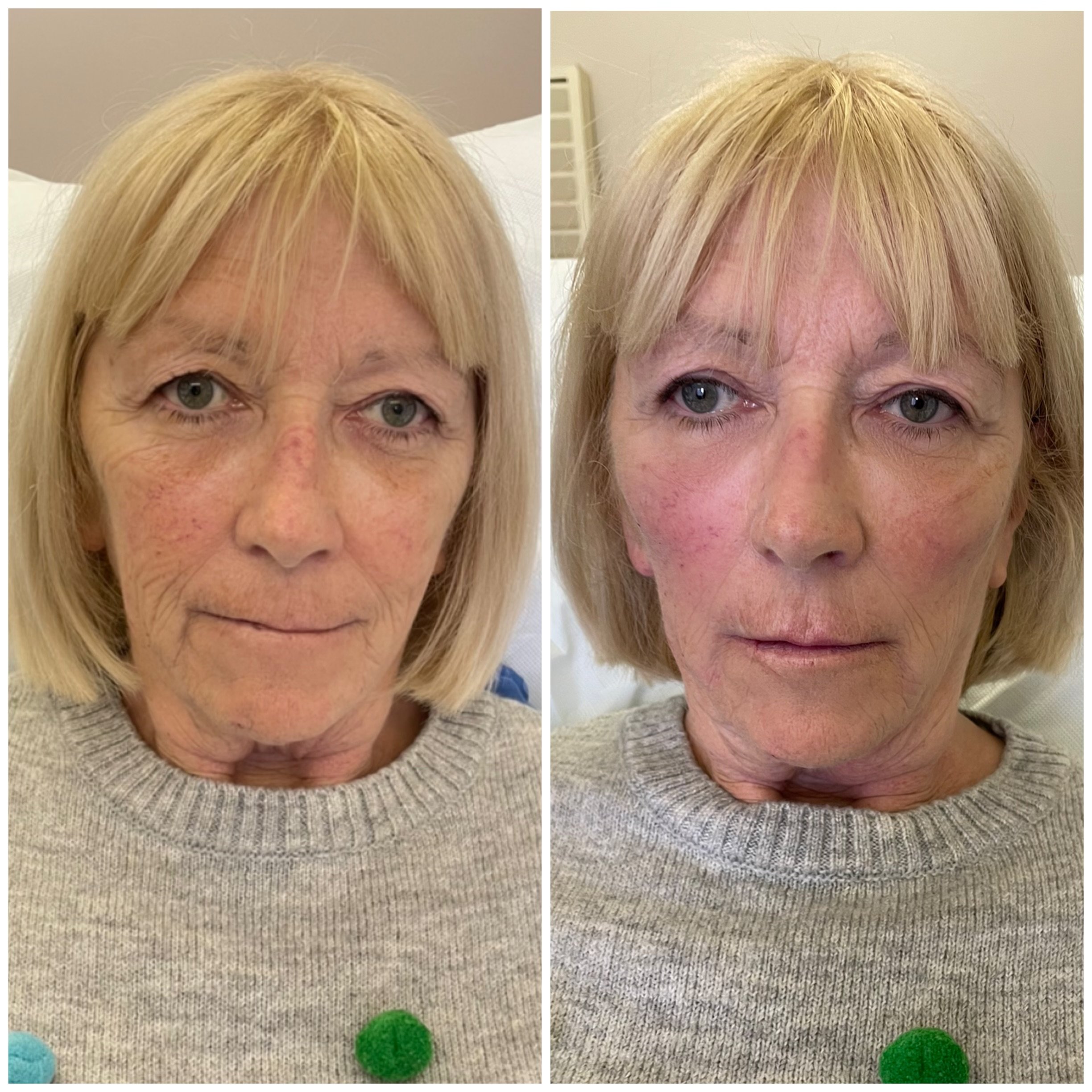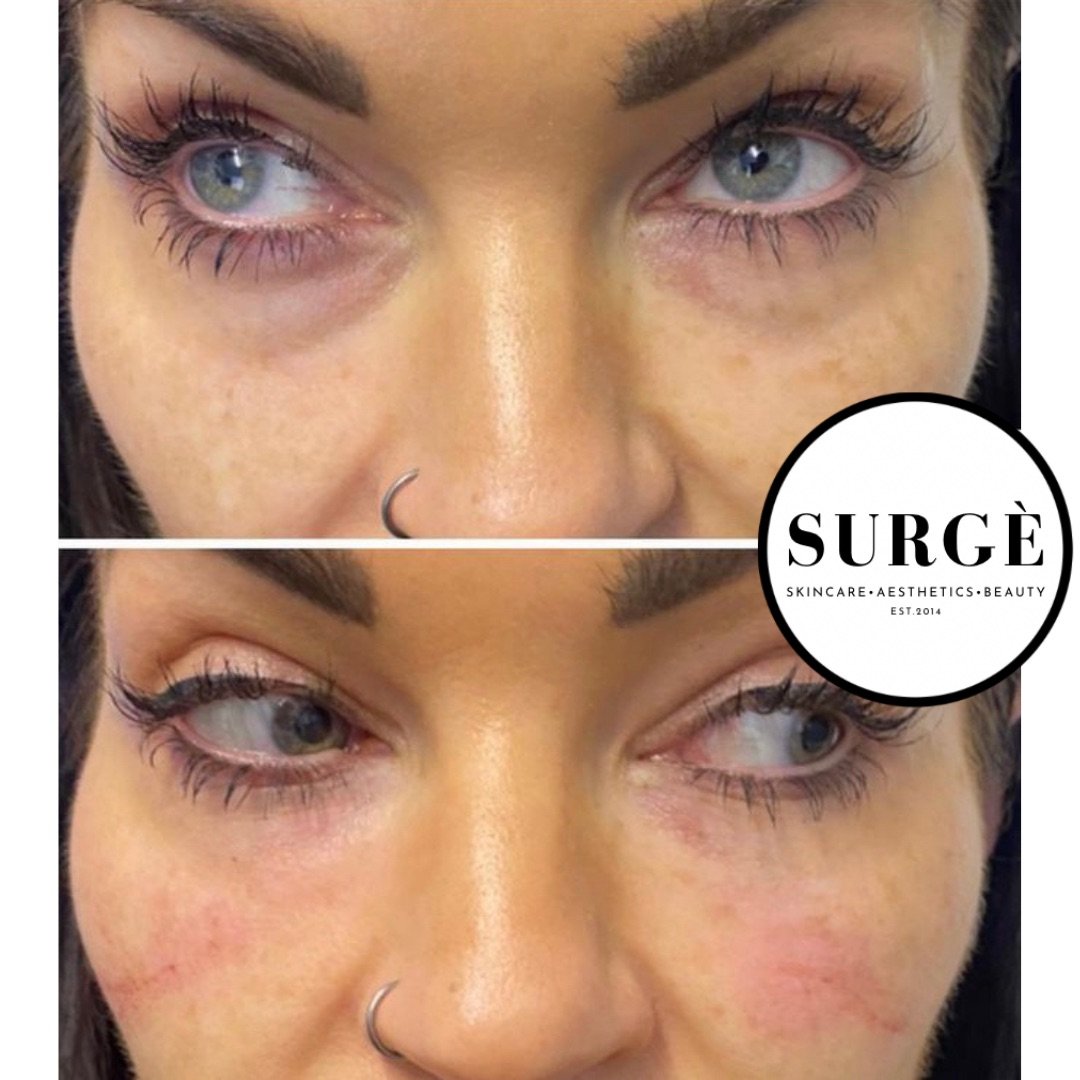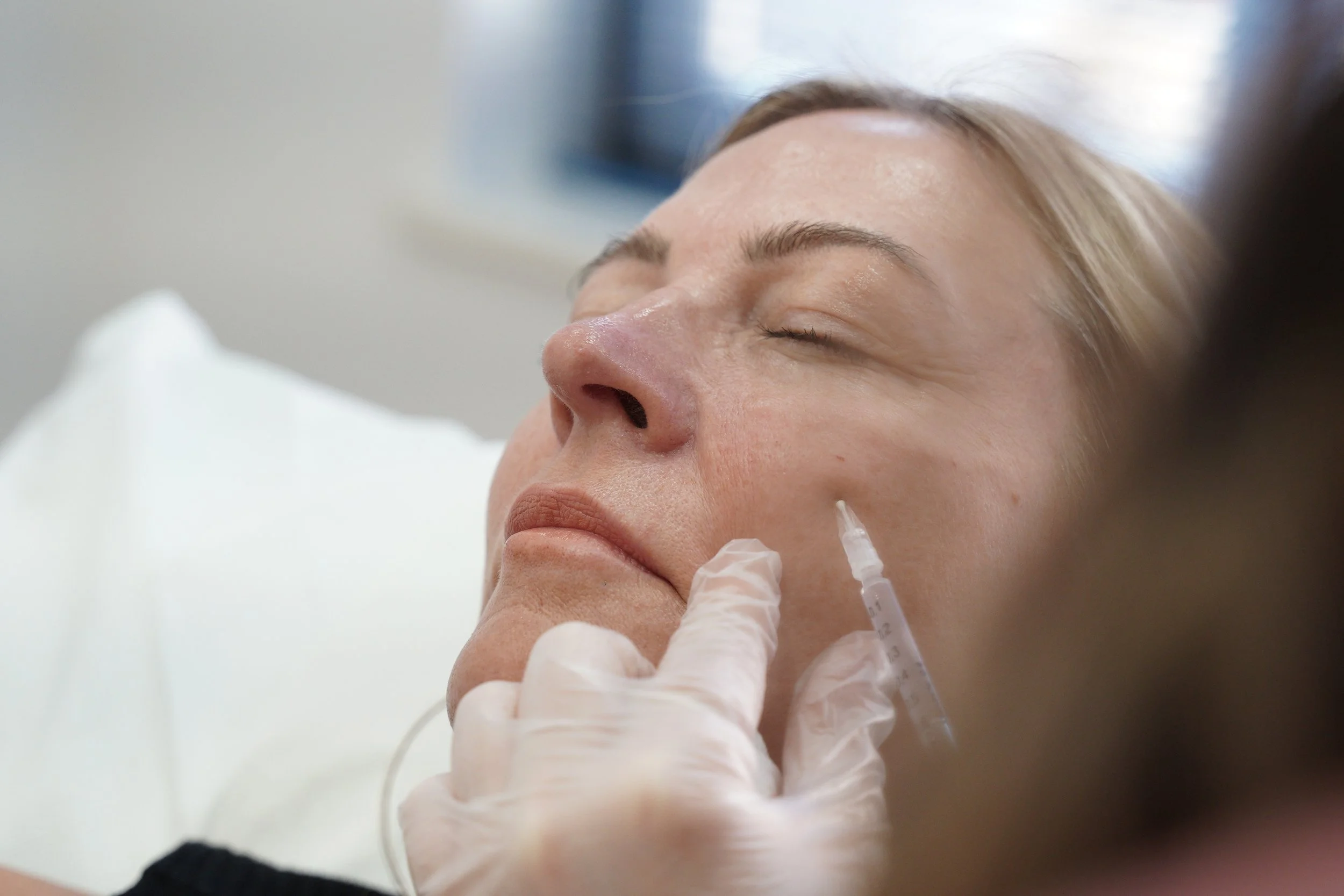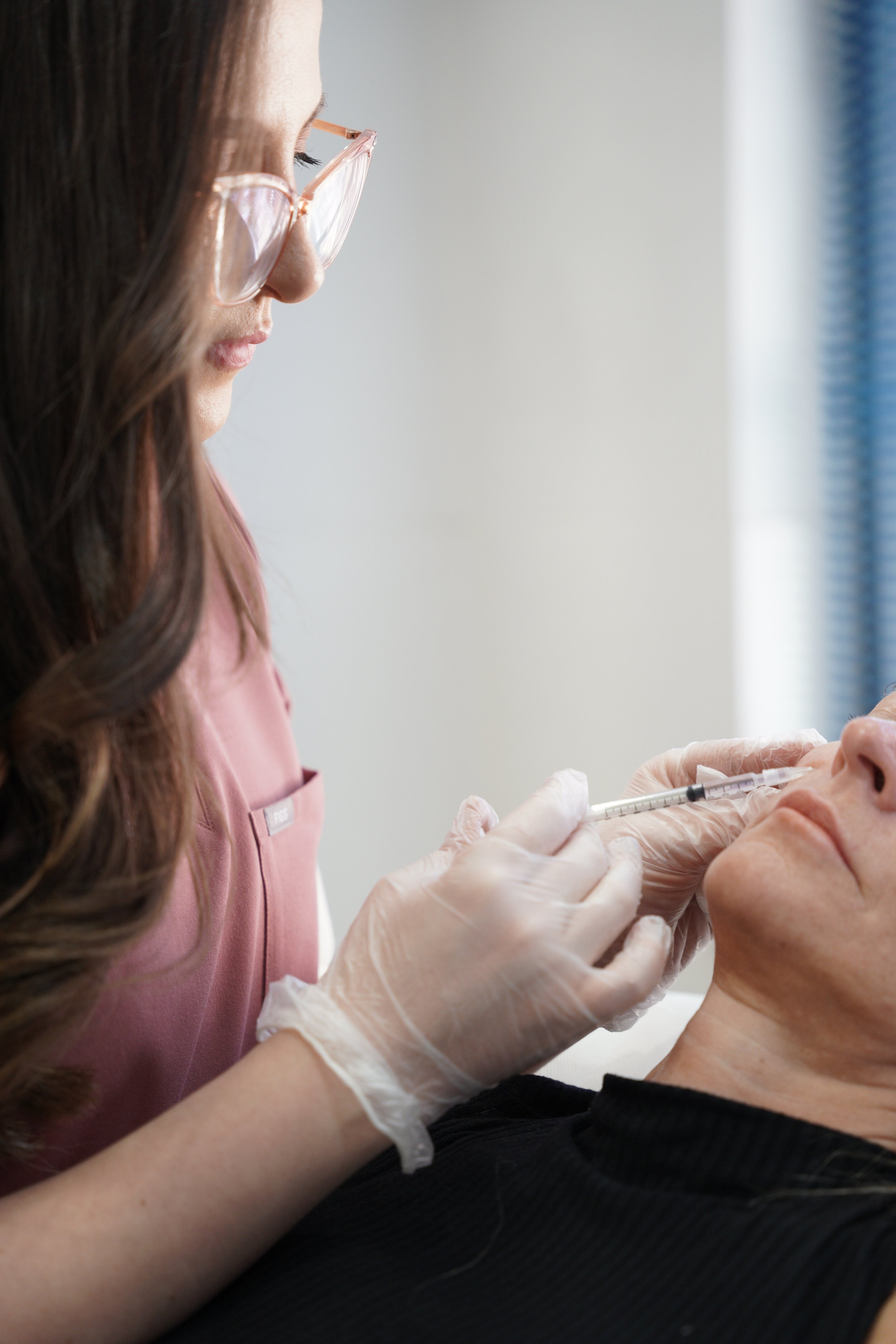Dermal Fillers
-
Dermal fillers are injectable treatments that add volume, smooth wrinkles, and enhance facial contours. They typically consist of a substances called hyaluronic acid which is a naturally occurring substance found in the skin that helps maintain hydration and volume. It's a type of sugar molecule that can hold up to 1,000 times its weight in water, making it an excellent hydrator.
Facial fillers aim to restore lost volume, soften wrinkles, and define features like lips and cheekbones. Administered in-office by a professional, they offer a minimally invasive way to rejuvenate the skin and achieve a more youthful appearance.
-
The duration of dermal fillers varies depending on factors such as the type of filler used, the area treated, and individual metabolism. Generally, fillers can last anywhere from several months to over a year. Hyaluronic acid fillers typically last around 6 to 18 months. Factors like the rate of metabolism, lifestyle habits, and the amount of filler injected can also influence how long the results last.
-
Dermal fillers are versatile and can be used to address various concerns, including:
Volume Loss: As we age, our skin loses collagen and elastin, leading to volume loss and sagging. Dermal fillers can restore lost volume in areas such as the cheeks, temples, and under the eyes, resulting in a more youthful appearance.
Wrinkles and Fine Lines: Fillers can smooth out wrinkles and fine lines, particularly around the mouth, nose, and forehead. They can also be used to soften the appearance of nasolabial folds (smile lines) and marionette lines (lines that run from the corners of the mouth to the chin).
Lip Enhancement: Dermal fillers can add volume and definition to the lips, creating a fuller and more youthful look.
Facial Contouring: Fillers can be strategically injected to enhance facial contours, such as the jawline, chin, and cheekbones, creating a more sculpted and defined appearance.
-
The level of discomfort experienced during dermal filler injections can vary from person to person, but many people report only mild discomfort during the procedure. Before the injection, a topical numbing cream or local anesthesia is applied to minimise any discomfort. Additionally, many dermal fillers contain lidocaine, a local anesthetic, which can further reduce pain during the procedure. Overall, while some individuals may experience slight discomfort or a pinching sensation during the injections, most find the process tolerable, and any discomfort typically subsides quickly after the treatment.
